Are you considering providing a foster home for a dog? Many pet enthusiasts ponder the idea, knowing they could make a real difference in an animal’s life.
Opening your home to a foster dog is like opening your heart to an act of kindness. However, amidst this well-meaning spirit lies a common concern: what are the actual costs involved in fostering a furry friend?
Prospective fosters often worry if their goodwill might be met with unforeseen expenses that strain their budget. Caring for any pet inevitably involves some expenditure, but here’s an uplifting fact: many rescue groups cover the main costs associated with fostering dogs. These can include veterinary care and essential supplies.
Our article aims to demystify the financial aspects of fostering, breaking down both out-of-pocket expenses and support from rescue organizations. Read on as we guide you through understanding how much it truly costs to bring temporary joy and shelter into a dog’s life—and perhaps find enduring happiness in return.
Key Takeaways
- Many rescue groups pay for the main costs like vet care and some supplies when you foster a dog.
- Fostering a dog may include some personal costs such as food, toys, and grooming items which can be $50-$70 monthly.
- Some organizations might give you money back for what you spend on the foster dog.
- You may need to buy things like ID tags, grooming tools, and training aids if the rescue does not provide them.
- If a foster dog gets sick or hurt, there might be extra costs that were not planned.
Understanding the Fostering Process
When it comes to fostering a dog, it’s essential to understand how the process works and the responsibilities involved. Fostering a dog typically involves providing temporary care for dogs in need while they await their forever homes, offering them love, shelter, and basic training.

How fostering a dog works
Fostering a dog means giving a temporary home to a pet in need. You provide love and care to help prepare the animal for their forever home.
- Contact a local shelter or rescue group to express your interest in fostering. They will guide you on how to become a foster parent.
- Fill out an application. This form asks about your living situation, other pets, and how you would care for a foster dog.
- Attend a training session or interview. Rescue organizations want to ensure that you understand what fostering involves.
- You may need to pass a home inspection. The shelter or rescue ensures your home is safe for the foster pet.
- Agree to the terms of fostering. This could include how long you’ll have the dog and what responsibilities you’ll take on.
- Pick up your new foster dog from the shelter or rescue group; they may give you supplies like leashes and food.
- Provide basic care such as feeding, exercise, and affection. Make sure they are getting enough love and physical activity.
- Train the dog if needed, which includes potty training and teaching good behavior around people and other animals.
- Take the dog to vet appointments. The rescue group often pays for medical care like check – ups and vaccinations.
- Give updates to the shelter or foster program coordinator about how the dog is doing in your care.
- Help find a permanent home by attending adoption events or sharing posts about your foster pet online.
The role of a foster parent
After learning how fostering a dog works, it’s key to understand what being a foster parent involves. A foster parent gives temporary care to a dog in need of a home. This person makes sure the dog feels safe and loved while waiting for a forever family.
Their tasks include feeding the pet, providing playtime, and sometimes giving medicines if needed.
Foster parents are very important because they help dogs learn to trust and feel happy again. They may also teach the dog good manners that make it easier to find an adopter. Sometimes they take the dog to adoption events or meet with potential new owners.
Caring for a foster pet is much like caring for any pet—giving love, time, and attention to an animal who really needs it.
Duration of fostering commitments
Fostering a dog means you open your home to an animal in need for a little while. How long this “little while” lasts can vary. Sometimes, you might have the dog for just a few days.
Other times, it could be up to six months or more if that’s what works best for you and the pooch. Most foster dogs will stay with their foster family for two to three months on average.
For puppies that come as emergency fosters, they may only need to stay until they get a bit older and are ready to go back to the rescue organization. You get to help these young ones during their early days before they find forever homes.
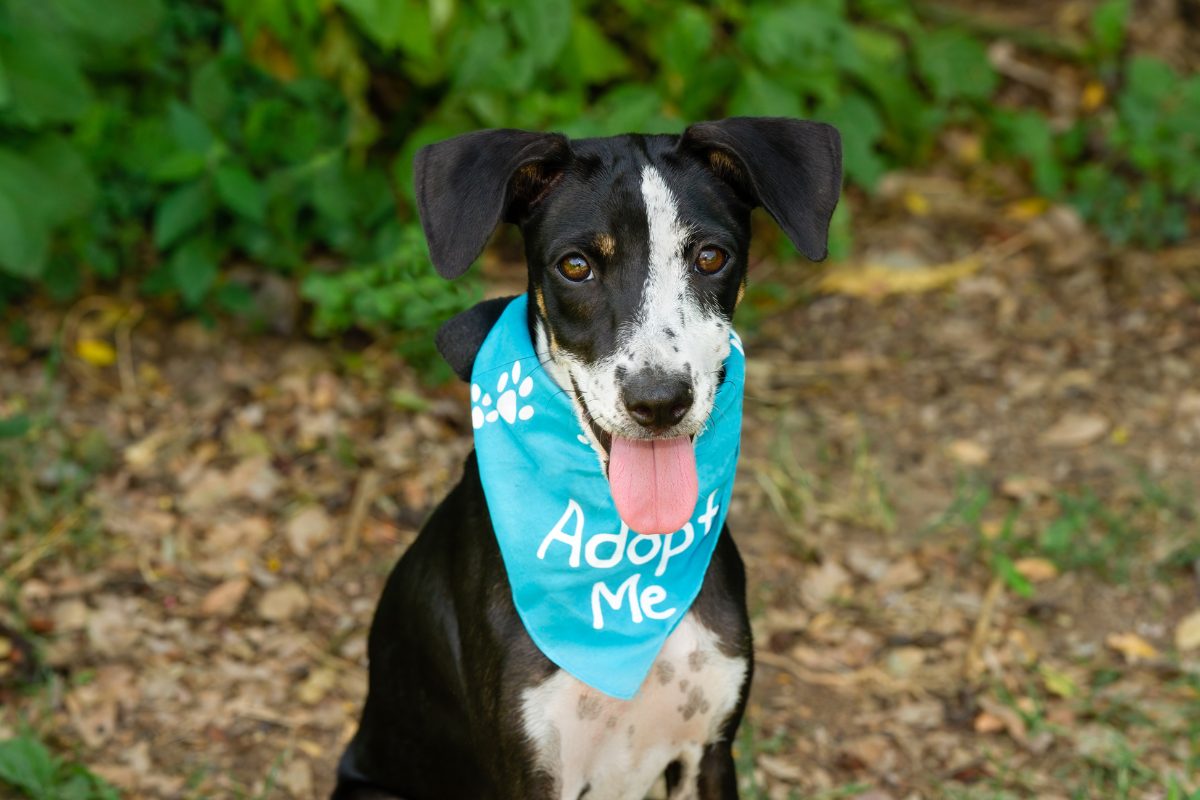
Breaking Down the Costs of Fostering a Dog
When considering the costs of fostering a dog, it’s important to take into account initial supplies, ongoing care expenses, and potential financial support from rescue organizations.
Understanding these factors can help foster parents prepare for the financial commitment of caring for a foster pet.
Initial supplies and ongoing care expenses
Fostering a dog involves some initial supplies and ongoing care expenses. Here’s what you should consider:
- The average upfront cost for foster pet care is estimated to be $100 – 200. It covers essentials like a crate, bedding, leash and collar, food and water bowls.
- Ongoing monthly expenses of $50-70 include high-quality pet food, toys for mental stimulation, grooming supplies (brushes, shampoos), flea/tick prevention products.
- Additional supplies to consider are training treats for positive reinforcement and dental chews for oral hygiene.
- Potential financial support for foster parents may include reimbursement for certain expenses by the rescue organization or tax deductions on eligible items.
- Always budget for unexpected costs in case of emergencies or unforeseen situations that may arise while fostering a dog.
What costs are covered by adoption agencies and rescue groups
Rescue organizations play a vital role in covering essential medical expenses for foster animals, offering financial relief to foster parents.
This support includes all necessary medical costs, such as emergency care, vaccinations, spaying or neutering – ensuring the health and well-being of the animals without imposing a financial burden on the foster parent.
Additional supplies to consider
When fostering a dog, there are some additional supplies that you may need. Here’s what you should consider:
- Identification Tags: Make sure to have an ID tag with your contact information in case the foster pet gets lost.
- Grooming Supplies: You may need brushes, shampoo, and nail clippers for regular grooming needs.
- Training Tools: Consider getting treats, clickers, and training pads to help with behavior training.
- Containment Equipment: Have crates, gates, or playpens for safe confinement when needed.
- Enrichment Toys: Provide toys and puzzles to keep the foster pet mentally stimulated and active.
- Dental Care Items: Toothbrushes, toothpaste, and dental chews can help maintain dental health.
- First Aid Kit: Keep a pet first aid kit handy for any minor injuries or emergencies.
Potential financial support for foster parents
While pet foster parents are not usually paid for their work, they may receive reimbursements for some of their expenses.
These reimbursements can help offset the costs associated with fostering a dog, including food, supplies, and vet bills. It’s essential to inquire about these potential financial supports when considering becoming a foster parent for a dog.
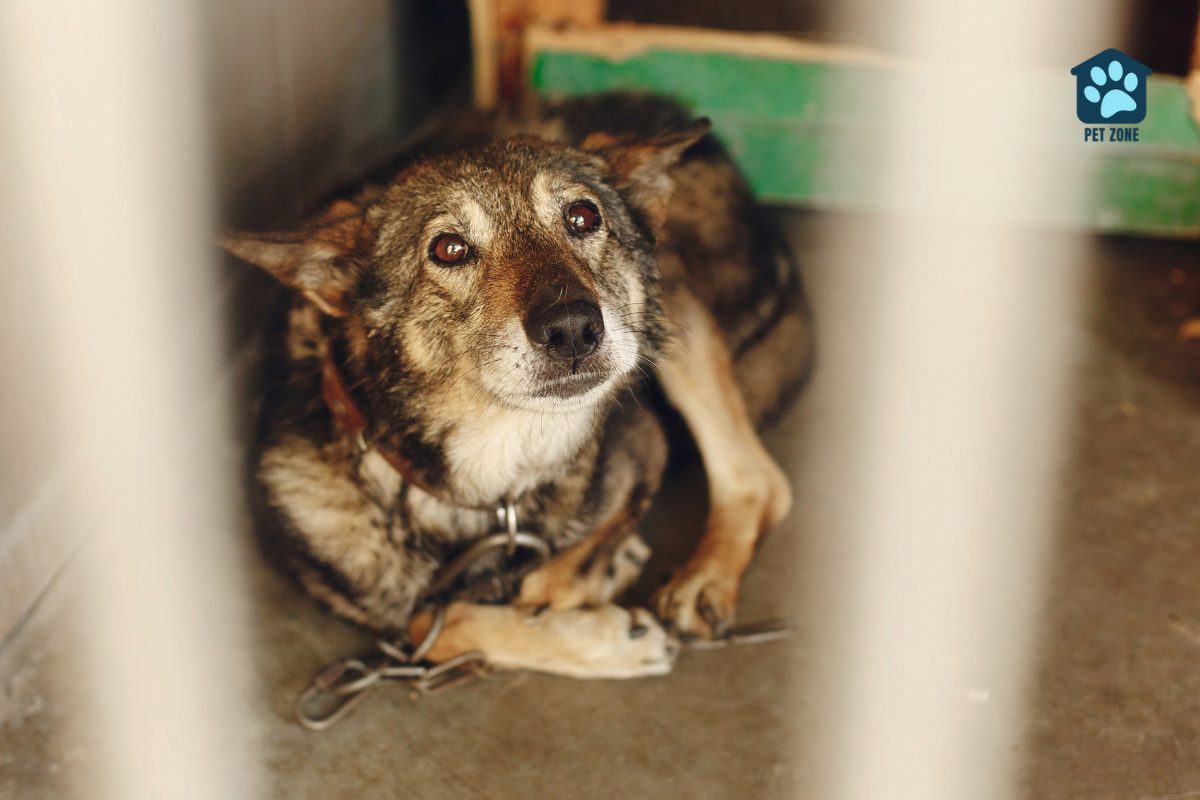
Conclusion
Fostering a dog involves more of an emotional investment rather than significant financial costs. By understanding the fostering process and its associated costs, potential foster parents can make informed decisions.
Further resources or guidance should be available through local animal rescue organizations or animal shelters for those interested in becoming foster pet parents.
Frequently Asked Questions
No, you usually don’t get paid to foster pets like dogs and cats, but you help save homeless animals by giving them a loving home temporarily.
Yes, if you want to become a pet foster, talk with the rescue’s foster care coordinator about your perfect match; whether that’s an active puppy or a calm older dog.
Not always, every agency is different but most will give you what’s needed like dog food, toys and they may even cover vet checkups while the fur baby is in your care.
Be sure to follow feeding instructions provided by the rescue group for your new pet’s diet and make sure they get enough exercise so they stay healthy!
Yes! Fostering is great work and volunteers who care for these animals have resources from their agency plus communication with other pet parents who understand how hard goodbyes can be.
As an Amazon Associate I earn from qualifying purchases.
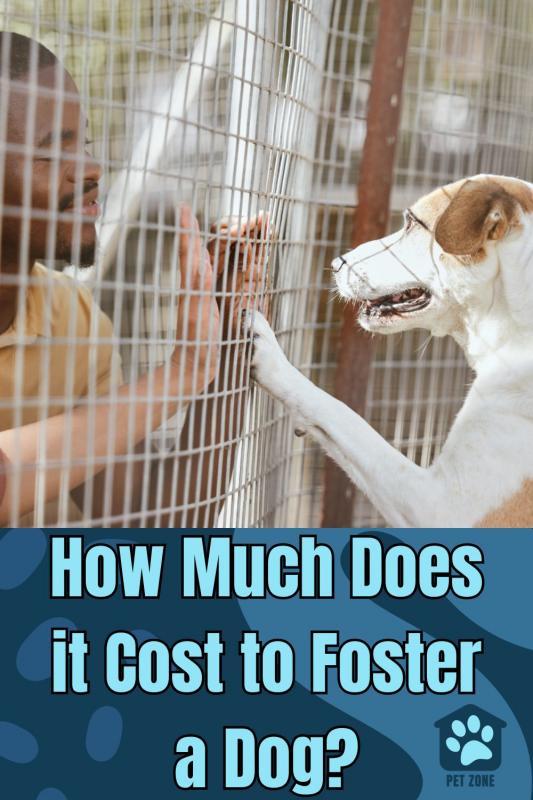


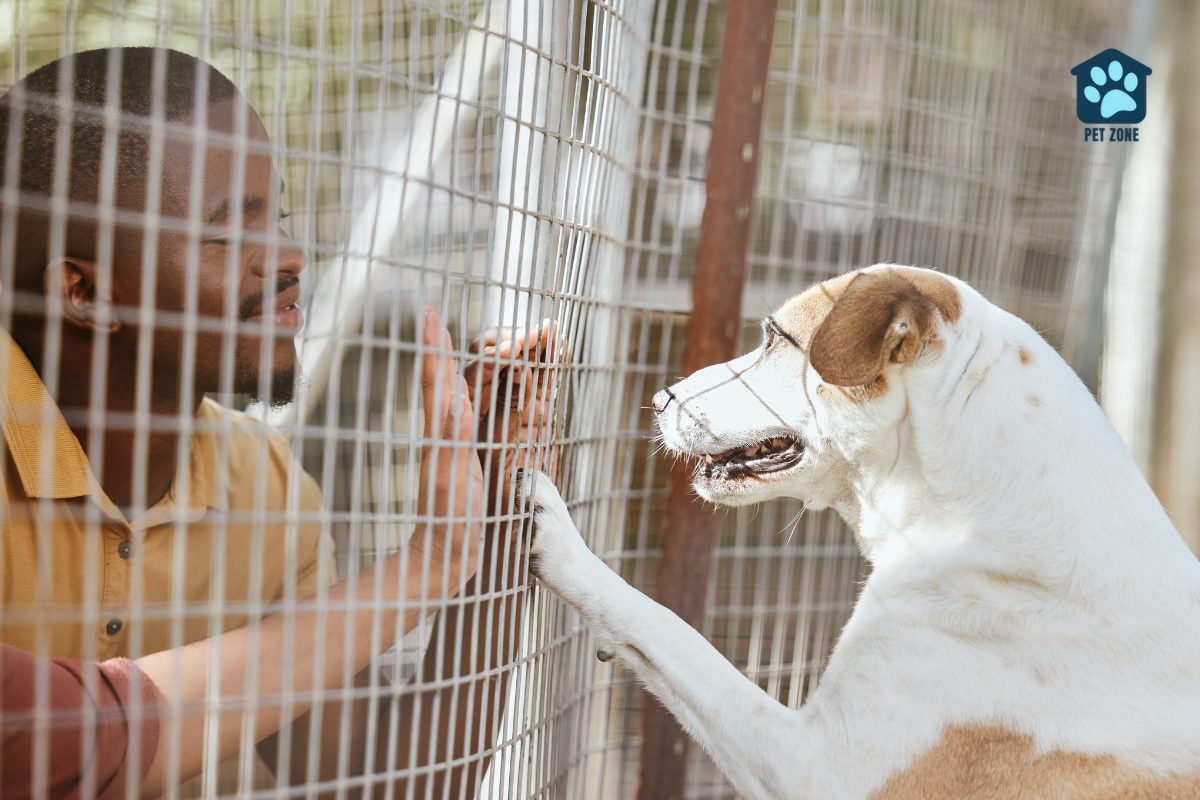
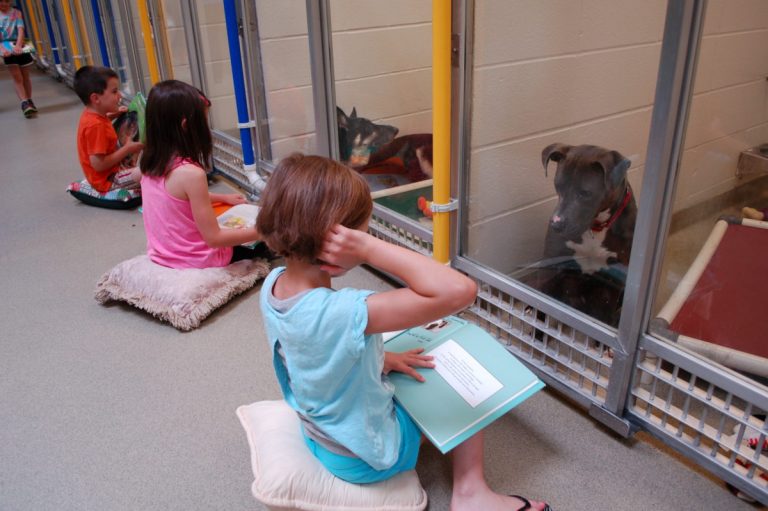


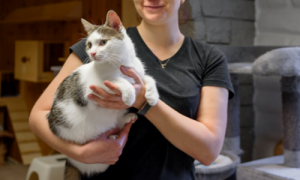
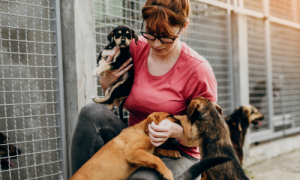

This is such a great article on fostering animals. Many aren’t aware of what all goes into fostering and what is covered by the rescue. Opening your home to a foster animal is such a wonderful thing to do if you’re able. I’m so grateful for the foster mom who cared for my two rescues and for all other fosters doing this great deed.
My sister-in-law fosters dogs and absolutely LOVES it! Her and my niece are fabulous at welcoming foster dogs until they find their fur-ever home.
Fostering a dog is such a rewarding experience for both the animal and the person. This is an important article to read for anyone considering doing this so they understand the costs involved.